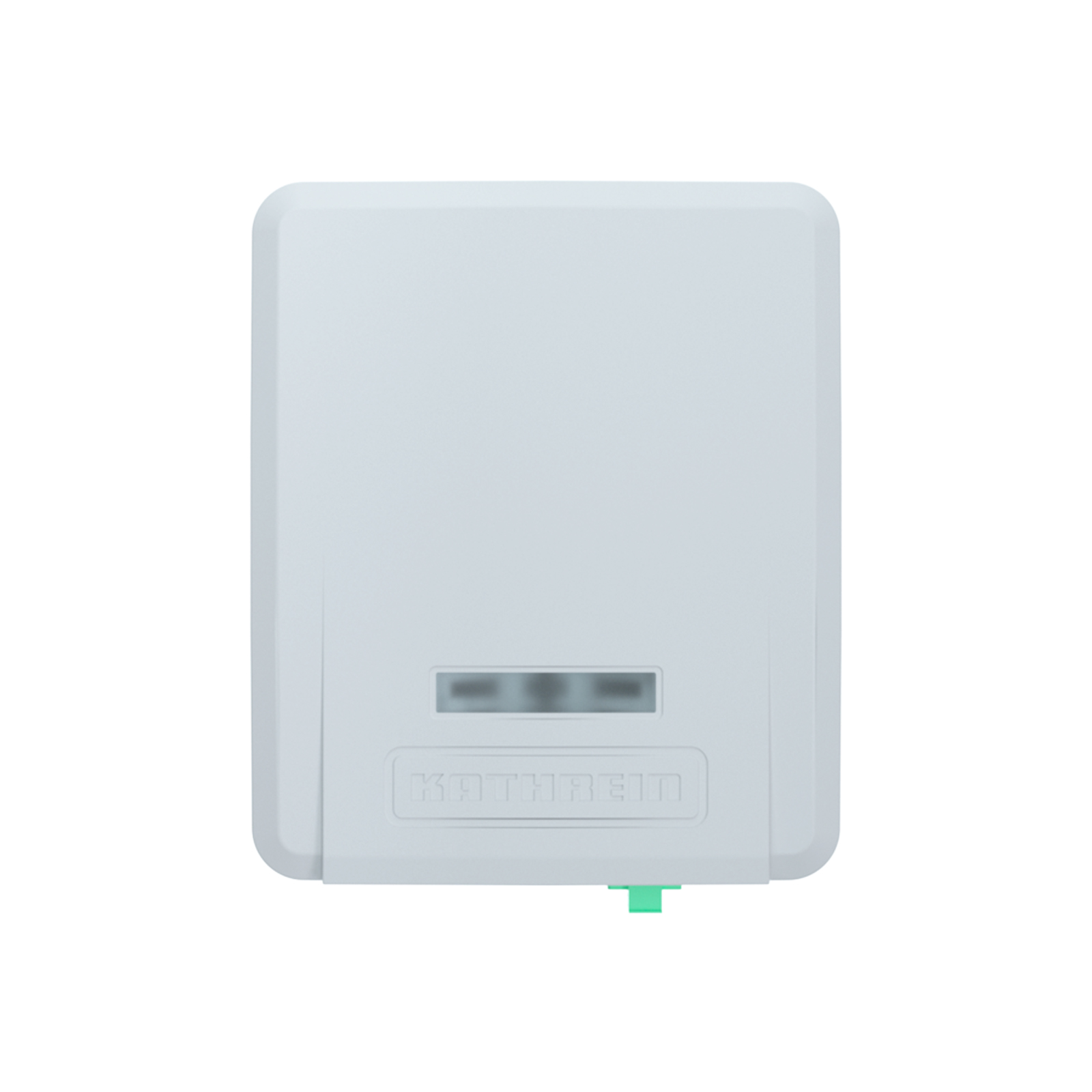Definition of a Real-Time Location System
If we want to navigate reliably to a point in a private environment, GPS helps us by determining our position via satellites. In production companies and their interiors, other technologies are used: e.g. Bluetooth Low Energy, or BLE for short, via so-called beacons, or WLAN or ultra-wideband (UWB). The precise, almost cm-accurate location predestines UWB as a technology for use in RTLS systems. GPS finds the building. UWB, on the other hand, "finds" a very specific object highly precisely on one floor of a building. The potential of UWB in warehouses or production halls is enormous due to the very precise positioning. In addition, the wireless technology is considered smart and stable. Unlike Bluetooth and WLAN, UWB runs robustly and without interference. No interference is to be expected.
For your material flow optimization, this means that you can use all pallets, load carriers, pallet cages, floor vehicles, tools, machines and, of course, production materials as efficiently as possible. And on top of that, you get knowledge about the status of each object: Is it available or occupied, empty or filled, in which direction is it currently moving and to where, is it cleaned, what is the battery status or when is a maintenance interval scheduled, etc. This gives you a reliable basis for planning. The multitude of RTLS applications in almost all industries makes the real-time localization system a key technology for digitization.


